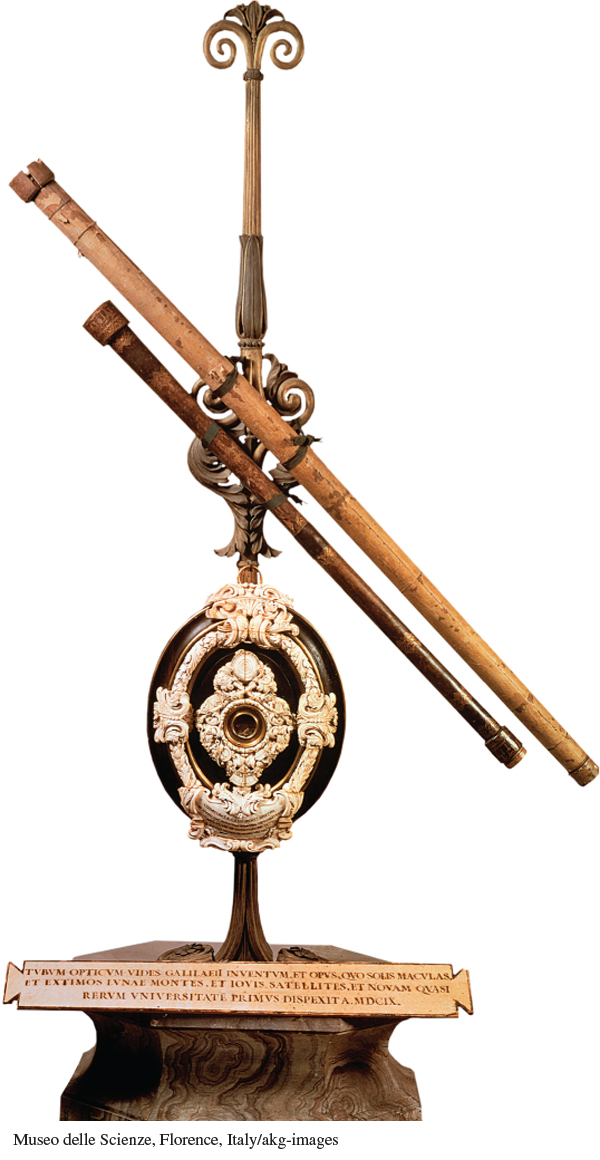The Renaissance, a word derived from the French word for “rebirth,” was characterized by self-conscious conviction among educated Italians that they were living in a new era. Somewhat ironically, this idea rested on a deep interest in ancient Latin and Greek literature and philosophy. Through reflecting on the classics, Renaissance thinkers developed new notions of human nature, new plans for education, new models for individual behavior, and new concepts of political rule. The advent of the printing press with movable type greatly accelerated the spread of these ideas throughout Europe and then beyond. Artists incorporated classical themes and motifs into their paintings, sculpture, and architecture. These were paid for by wealthy individuals, rulers, city-states, and church officials to glorify themselves, their families, and their institutions. Italian artists pioneered perspective, and across Europe artists and patrons favored more naturalistic and realistic styles in the fifteenth and early sixteenth centuries and then the more emotional and dramatic style of the baroque. New ways of understanding the natural world emerged beginning in the sixteenth century, through a search for precise knowledge of the physical world based on the union of experimental observation with sophisticated mathematics, a process that is often termed the “scientific method.” Astronomy and anatomy were revolutionized, and an interest in science developed among many social groups, including artisans and some middle-class women, although universities and other professional institutions for science were closed to women. Many key figures in this “Scientific Revolution” believed firmly in alchemy, astrology, and other examples of what are now judged to be fringe occult practices, using experiments to seek out the mystical as well as natural properties of substances. (Pages 362–378, 506–517)

